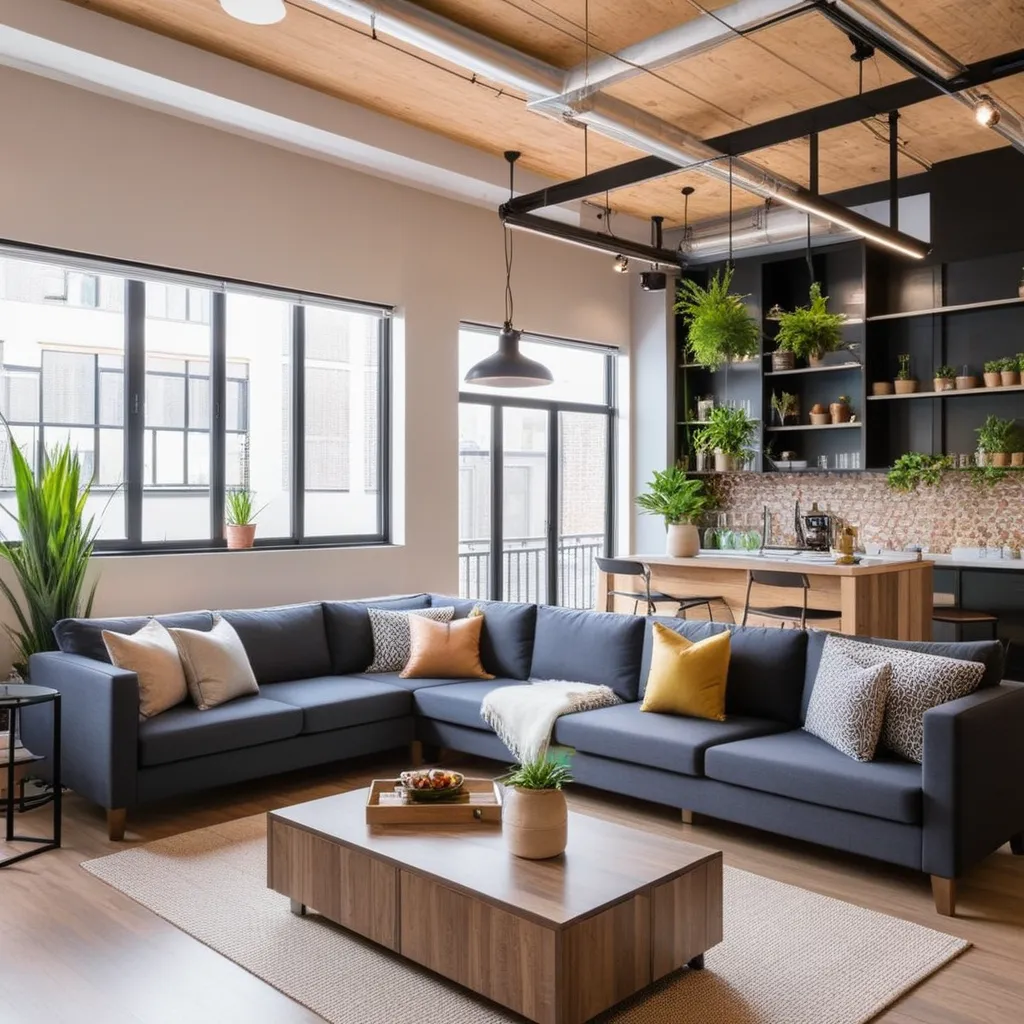The Rising Trend of Co-Living Spaces in Urban Areas
In recent years, urban living has undergone a significant transformation, and one of the most remarkable shifts has been the rising trend of co-living spaces. These innovative housing solutions are changing the way people live and interact in urban environments. In this article, we will explore the growing popularity of co-living spaces and the reasons behind their appeal.

What Are Co-Living Spaces?
Co-living spaces, also known as communal living or shared housing, are essentially modern-day communal residences that offer residents private bedrooms while sharing common areas like kitchens, living rooms, and often even coworking spaces. It's a concept that brings people together under one roof, fostering a sense of community and collaboration. It's more than just a place to live; it's a lifestyle.
A Sense of Community
One of the primary reasons behind the surge in co-living's popularity is the strong sense of community it fosters. Unlike traditional apartment living, where you might not know your neighbors, co-living spaces encourage social interaction. Residents often organize events, share meals, and support each other, creating a tight-knit community.
I moved to a co-living space in downtown Seattle last year, and it was a game-changer. I came here as a newcomer to the city, and the friendships I've made within this community have been invaluable. We organize weekend outings and help each other with everyday challenges. It's like an extended family.
Affordable Living in Urban Areas
Urban areas are known for their high cost of living, which can be a significant barrier for young professionals and students. Co-living spaces provide an affordable alternative. By sharing costs for utilities and common spaces, residents can enjoy a more budget-friendly lifestyle while still living in the heart of the city.
Flexible Leasing Options
Co-living spaces often offer flexible leasing options, allowing residents to rent on a short-term or month-to-month basis. This flexibility is especially attractive to those who value mobility or are uncertain about their long-term plans. It eliminates the commitment of a year-long lease, offering freedom and peace of mind.
Amenities Galore
Many co-living spaces come equipped with a wide range of amenities, from fully furnished rooms to high-speed internet, fitness centers, and even cleaning services. These added conveniences simplify daily life and make the experience of living in an urban environment even more appealing.
Redefining the Work-Life Balance
Co-living spaces aren't just about where you sleep; they are also transforming the way people work. With many co-living spaces incorporating coworking areas, residents can seamlessly balance their professional and personal lives. This synergy is particularly attractive to freelancers, remote workers, and entrepreneurs.
As a freelance graphic designer, I appreciate the convenience of having a dedicated workspace within my co-living building. It's made my work more productive, and I can easily collaborate with fellow residents who have different skill sets. It's a win-win situation.
The Future of Urban Living
The rising trend of co-living spaces is indicative of a broader shift in urban living preferences. People are seeking more than just a place to live; they are looking for a sense of belonging, affordability, and convenience. With cities becoming increasingly crowded, co-living spaces offer a solution that meets these evolving needs.
In conclusion, co-living spaces are more than a trend; they represent a lifestyle choice that is gaining traction for all the right reasons. With a sense of community, affordability, flexibility, and a range of amenities, these spaces are reshaping urban living and providing a glimpse into the future of housing in bustling urban areas.

No comments:
Post a Comment